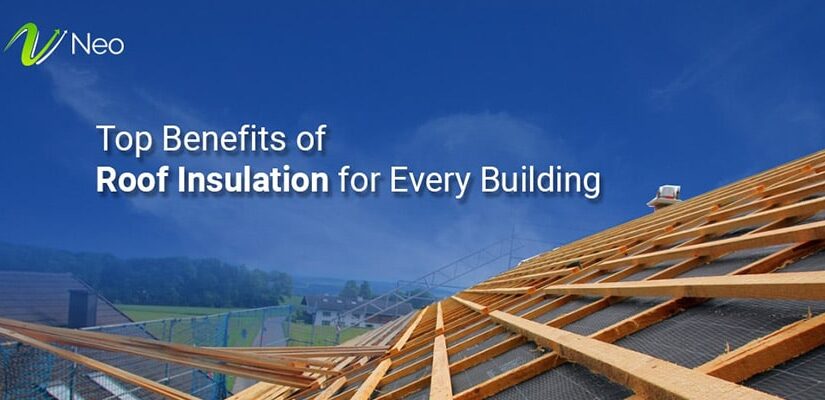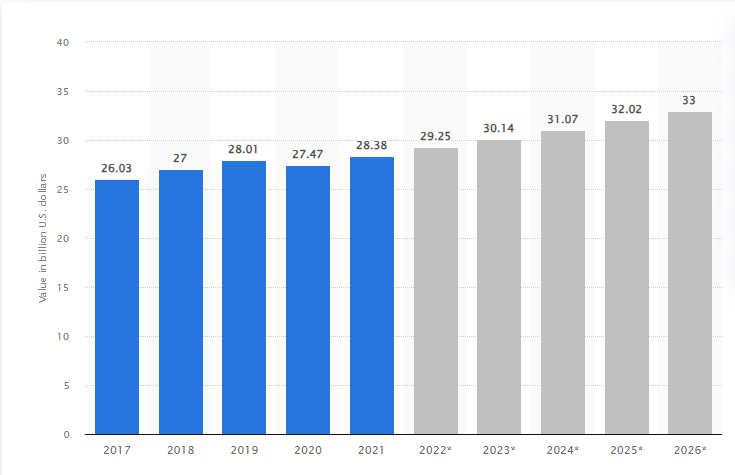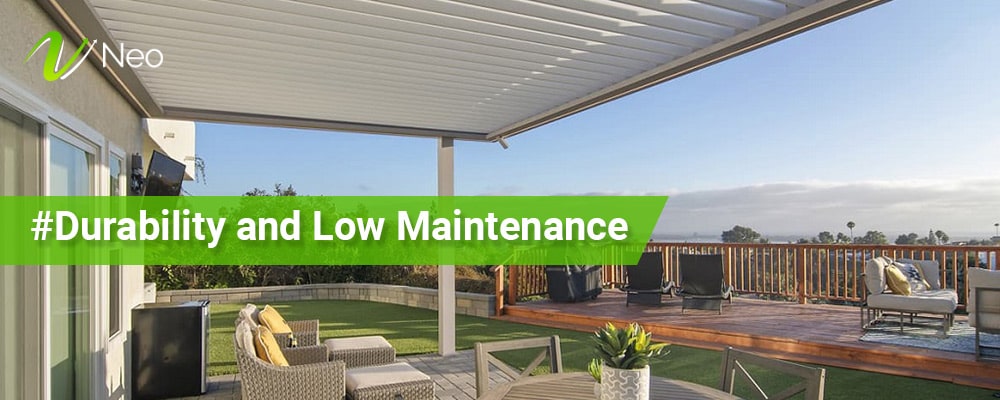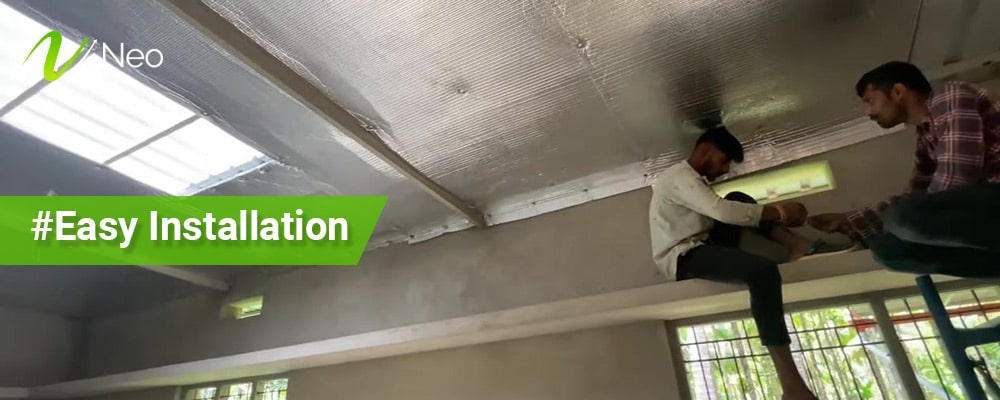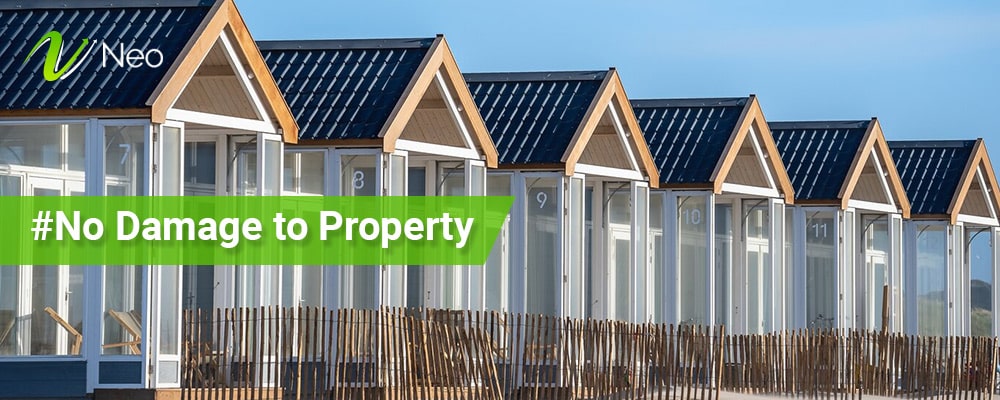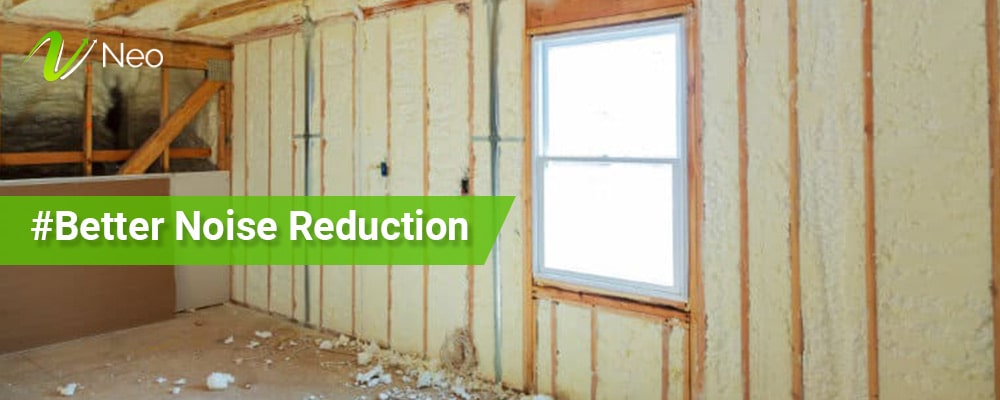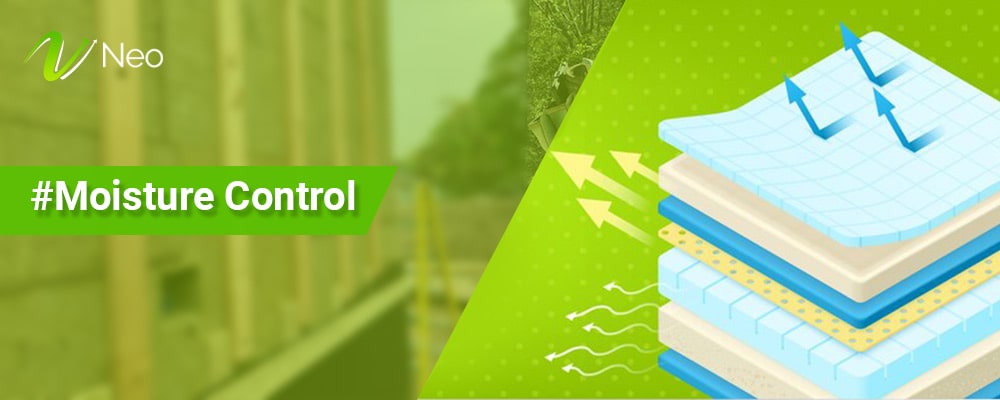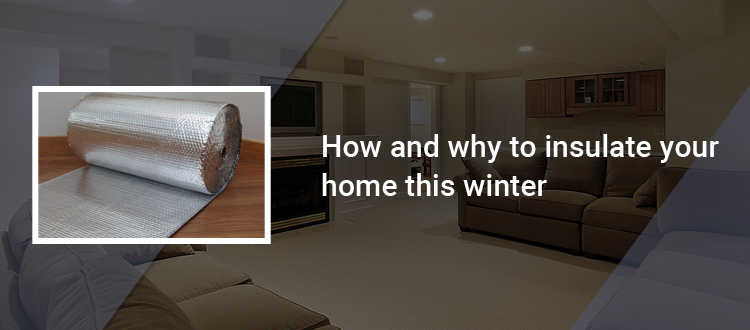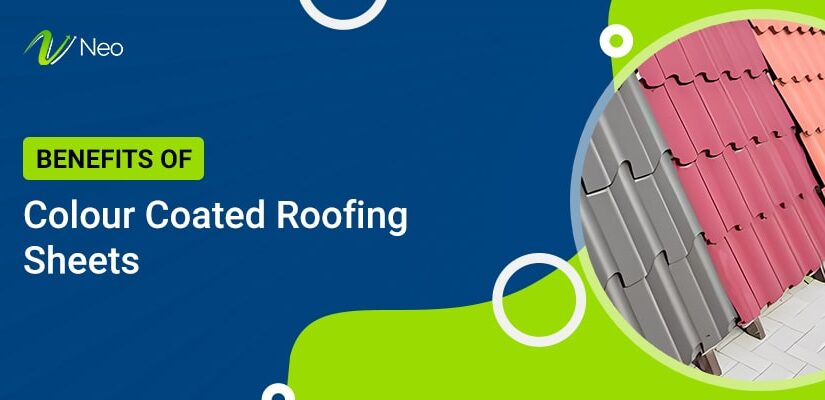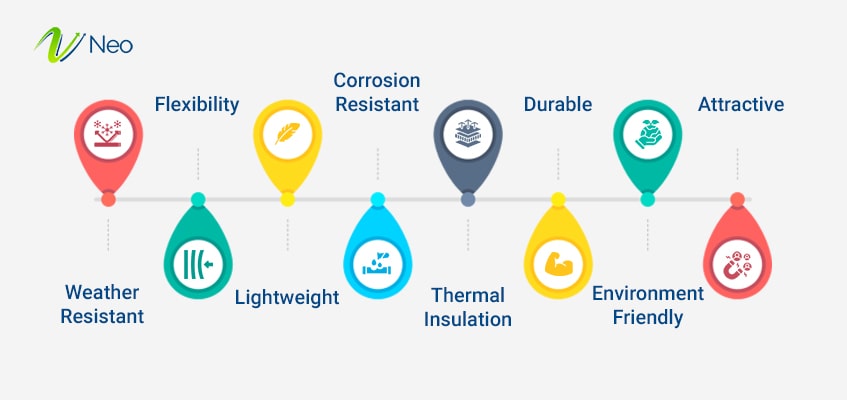Why should I install and use roof insulation? If this question has been bothering you too, then here we present the major benefits of roof insulation in buildings as the best roofing sheets for houses.
If you are thinking about renovating or getting a new roof for your property, then roof insulation is a name that gets repeated regularly. Just like its name, this roofing solution allows you to insulate your roof and create a stable temperature for your premises. Providing the best feel to helpers in warehouses and factories as well as residents of houses.
But, just knowing something about roof insulation does not provide a clear image of the benefits of roofing insulation. Hence, for better insight, we are pointing out and explaining all the best benefits of insulating your roof with insulation sheets.
Over the span from 2021 to 2026, the global building insulation market is anticipated to witness a growth of 4.6 billion U.S. dollars. Back in 2021, this specific segment of the construction industry was appraised at 28 billion U.S. dollars. However, experts project it to escalate and hit 33 billion U.S. dollars by 2026. Insulation’s significance in constructing sustainable buildings cannot be overstated, as it effectively curbs heat transfer, ultimately contributing to the enhanced energy efficiency of buildings.
What is Roof Insulation?
Undoubtedly, the overhead cover of a building serves a vital role in safeguarding the entire structure from severe weather conditions. Its absence renders the walls and even the foundation vulnerable to potential harm. A properly cared-for roof functions as a robust protective shield, warding off the impact of harsh elements. Thus, the necessity of roof insulation cannot be overstated.
Benefits of Roof Insulation Over Other Roofing Solutions
Now, we will shine some light on the major advantages of roof insulation in your residency or commercial premises.
Read Also: Insulation for External Walls: Cost and How it Works?
1. Sustainability 
Prioritizing sustainability in building projects is of utmost importance, and the utilization of insulated shed roof panels can significantly contribute to this goal. Opting for these panels aids in the reduction of a building’s energy usage and overall environmental impact. The insulation components effectively trap heat, preventing its dissipation and thereby lessening the reliance on heating and cooling systems. Consequently, this leads to a decrease in energy consumption and a diminished carbon footprint. Employing environmentally friendly materials for insulation can further bolster the eco-friendliness of the building.
2. Energy and Cost Savings
When you go and look for any roofing pattern or idea, the first thing that strikes your mind is how much will it cost right? So, we are addressing the benefits of roof insulation first. Insulating the roof with these sheets is very economical. When compared to other forms of roofing, insulated roofing sheets are quite cheap. The application of roofing insulation can lead to notable savings on your energy expenses. With insulated roofs effectively retaining warmth in the winter and cool air in the summer, the need for excessive heating or cooling diminishes. Consequently, this reduction in energy usage translates to lower utility bills. Over the long term, the accumulated savings from reduced energy consumption can become a substantial and financially prudent outcome, making roofing insulation a viable and economical choice.
3. Durability and Low Maintenance
One of the benefits of roof insulation is durability and low maintenance. If installed once, the roof insulation sheets will last for not months, not years, but decades. These sheets are very durable and long-lasting. There will be no chance of corrosion, cracks, or other forms of damage to these insulation sheets.
The implementation of roof insulation can effectively enhance the resilience of your roof. It acts as a shield against various external elements like rain, snow, and wind, thereby safeguarding the roof’s integrity. This, in turn, can prolong the lifespan of your roof and alleviate the necessity for costly repairs or replacements. Moreover, opting for premium-grade roof insulation materials can offer superior protection against weather-induced degradation and physical deterioration, ultimately bolstering the overall durability of your building.
Now that you know that the Insulation sheets for the roof are long-lasting. This is something that every other form of roofing lacks. Hence, insulating the roof is considered to be one of the best forms of roofing for all.
4. Easy Installation
If you decide to get the roof insulation services today, it won’t take much time to install the roof on your premises. Additionally, the labor cost of sheet installation is also low as the task is very easy. Less time and less payment help in saving one of the most important things in life, time and money.
5. No Damage to Property:
Different weather types have adverse effects on the premises. Winter and snow bring structural damage. Summer results in wall cracks and dryness. While with rain, the chances of mold and increased moisture content are more. Getting the best roofing sheets for houses and commercial premises with insulation is the only solution to this problem. As the insulated sheets help in stabilizing the temperature, the chances of such weather impacts are few. Whatever the weather is outside, your building is safe from all kinds of damage.
6. Better Noise Reduction
Additionally, roof insulation techniques contribute to the reduction of indoor noise levels. Insulated roofs are capable of absorbing sound, effectively hindering its transmission through the roof into your living space. This attribute proves particularly advantageous if you reside in a bustling neighborhood or near a heavily trafficked road. By mitigating noise pollution, roofing insulation can significantly enhance the overall living standards within your building.
7. Moisture Control
Moreover, this roof insulation benefits in regulating the moisture levels within your living space. During the winter, insulated roofs effectively retain the warm, damp air indoors, preventing its escape and subsequent condensation on colder surfaces. This preventive measure reduces the potential for the development of mold and mildew, which can pose health risks. By upholding the optimal humidity levels, roofing insulation plays a vital role in improving the overall indoor air quality of your building.
Get Your Roof Insulation Installed Today!
Things You Should Consider Before Installing Roofing Insulation
If you’re considering roofing insulation, there are key factors to keep in mind before making a decision.
Click Here To Know: 10 Types of Insulation for Every Home 2023
Insulating a Flat Roof from Above
Ideally, a flat roof should be insulated from above. You can add a layer of rigid insulation board either on top of the roof’s weatherproof layer or directly onto the timber roof surface, followed by a new weatherproof layer on top of the insulation.
Choosing Between Insulating the Attic Floor or the Roof
If you intend to use your attic as a living space, it’s crucial to maintain its warmth akin to the rest of the house, requiring insulation on the roof. However, if the attic is unused, insulating the floor is a simpler and more cost-effective option. While insulating both the floor and roof is feasible, it is important to note that this process can be complex and expensive.
Opting for Roof Replacement in Fall
Fall presents an opportune time to replace an aging roof. Simultaneously, your roofing contractor can handle the installation of roof insulation foam, preparing your roof for the upcoming winter season and resulting in potential heating cost savings.
Ensuring Safety against Fire Hazards
It is essential to enlist a qualified and reputable roofing contractor who possesses the necessary expertise in installing roof insulation foil or your preferred insulation material. Improper installation can potentially lead to fire hazards.
Final Words
These were the main benefits of roof insulation in commercial shops, warehouses, offices, factories, etc. as well as housing premises. We hope that now that you have the required information about the roofing idea. By selecting the appropriate roof insulation, such as Neo Thermal Insulation, you have the opportunity to significantly enhance your home’s energy efficiency, overall comfort, and long-term cost savings. It is crucial to assess your specific needs thoroughly and opt for the roof insulation sheets that align with your objectives, enabling you to establish a more efficient and comfortable home for the years ahead.
Frequently Asked Questions
1. What is Roof Insulation
Roof insulation is a crucial element serving as the initial defense line against heat loss for a roof. Typically situated between the outermost roof layer and the inner ceiling layer, it plays a significant role in the overall construction of the roof.
2. Why is insulation important for roofs?
The importance of insulation for the roof is paramount, primarily because it curtails heat loss from the house, leading to potential savings on energy expenses. Insulating the roof shields it from wintry winds and scorching summer heat, reducing the need for energy consumption for heating and cooling, thereby contributing to lower energy costs.
3. Where is insulation placed on a roof?
The recommended placement for insulation in the roof is between the ceiling joists, with the individual pieces tightly fitted together at all junctions. Any leftover pieces can be used to fill in any remaining gaps.
4. Is Roof Insulation energy and cost savings?
Yes, roof insulation leads to both energy and cost savings. By effectively retaining heat during winter and preserving cool air during summer, insulated roofs lessen the necessity for excessive heating or cooling, ultimately resulting in reduced utility bills.
